Advancements in Camera Technology
Technological innovations in camera systems are significantly influencing the drone camera market. Enhanced imaging capabilities, such as 4K and 8K video resolution, along with improved stabilization features, are attracting both professional and amateur users. These advancements allow for high-quality aerial photography and videography, which are essential for various applications, including filmmaking and surveillance. Furthermore, the integration of AI and machine learning in camera systems is enabling smarter data analysis and processing. As a result, the market is likely to see an increase in demand for drones equipped with advanced camera technology, potentially leading to a market valuation exceeding $5 billion by 2027.
Cost-Effectiveness and Accessibility
The drone camera market is benefiting from the decreasing costs of drone technology, making it more accessible to a broader audience. As manufacturing processes improve and competition increases, prices for high-quality drones equipped with advanced cameras are becoming more affordable. This trend is encouraging small businesses and hobbyists to invest in drone cameras for various applications, from photography to surveying. The affordability of these devices is likely to expand the user base significantly, potentially leading to a market expansion of over 30% in the coming years. As more individuals and organizations recognize the value of drone cameras, the market is poised for substantial growth.
Growing Demand for Aerial Photography
The drone camera market is experiencing increased demand for aerial photography, particularly in sectors such as tourism, real estate, and event coverage. Aerial imagery provides a unique perspective that enhances marketing efforts and customer engagement. Real estate agents, for example, are increasingly utilizing drone cameras to capture stunning visuals of properties, which can lead to quicker sales. The tourism industry also benefits from aerial photography, as it showcases destinations in an appealing manner. This trend is expected to contribute to a market growth rate of around 12% annually, as more businesses recognize the value of high-quality aerial content.
Emerging Applications in Public Safety
The drone camera market is expanding due to emerging applications in public safety and emergency response. Law enforcement agencies and fire departments are increasingly adopting drone cameras for surveillance, search and rescue operations, and disaster management. These drones provide real-time situational awareness, which is crucial during emergencies. For instance, drone cameras can assist in locating missing persons or assessing damage after natural disasters. The increasing focus on public safety is likely to drive market growth, with projections suggesting a potential increase in market size by 20% over the next few years as more agencies invest in drone technology.
Increased Adoption in Various Industries
The drone camera market is experiencing a notable surge in adoption across diverse sectors such as agriculture, construction, and real estate. This trend is driven by the need for enhanced aerial imagery and data collection capabilities. For instance, in agriculture, drone cameras facilitate precision farming by providing real-time insights into crop health, which can lead to improved yields. The construction industry utilizes drone cameras for site surveys and monitoring progress, thereby reducing costs and time. According to recent estimates, the market is projected to grow at a CAGR of approximately 15% over the next five years, indicating a robust demand for drone cameras across these industries.


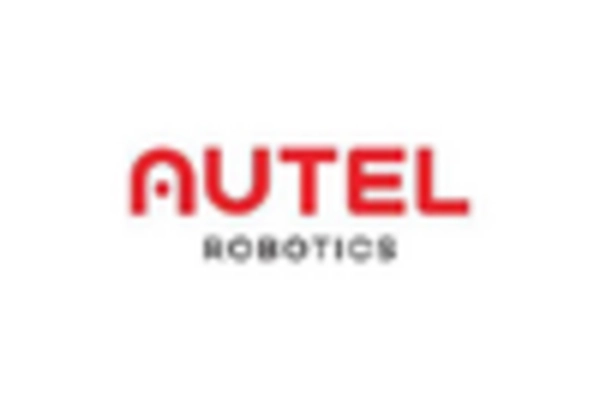
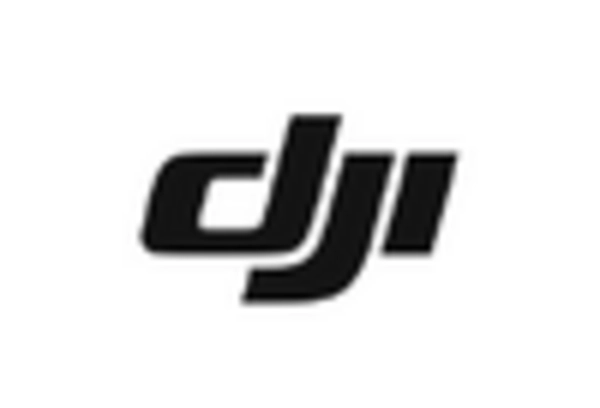
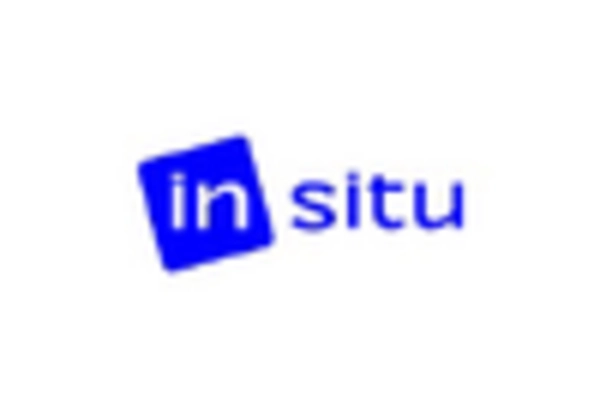
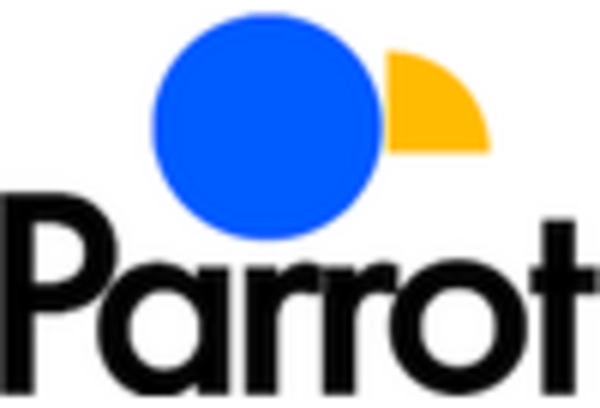

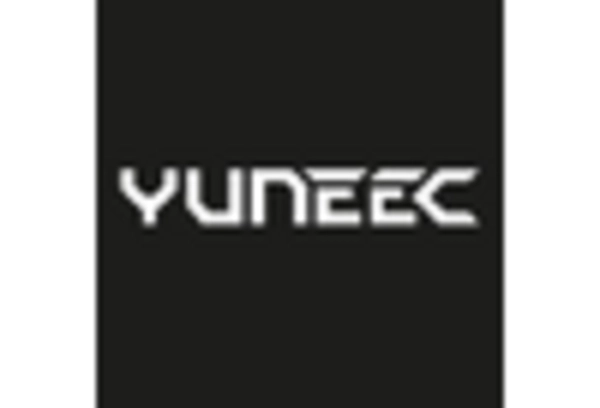








Leave a Comment